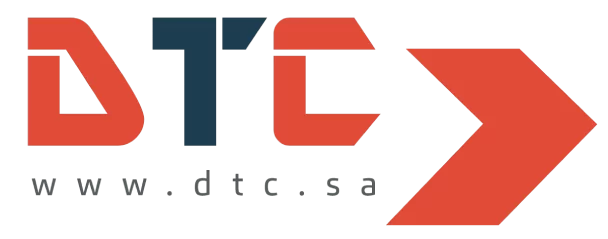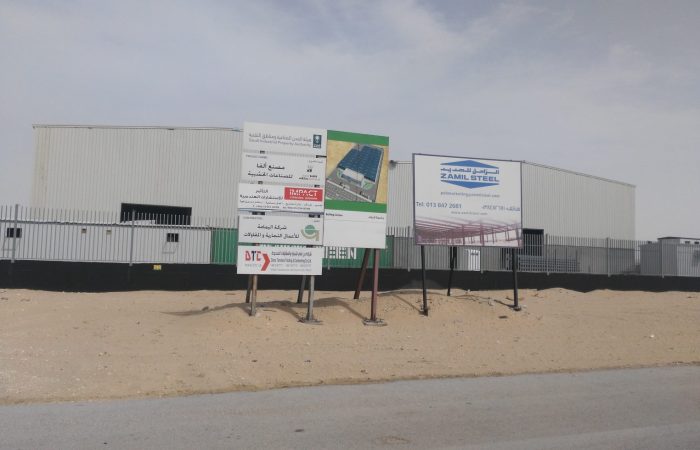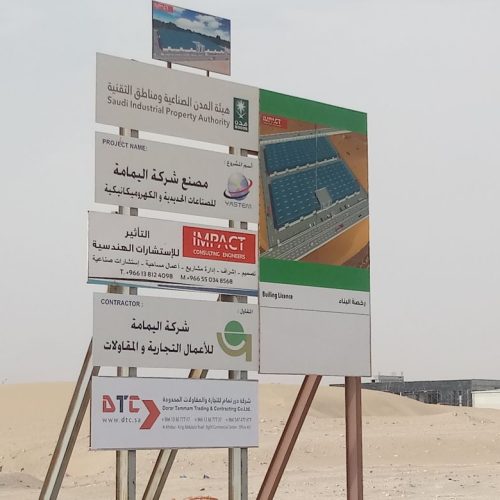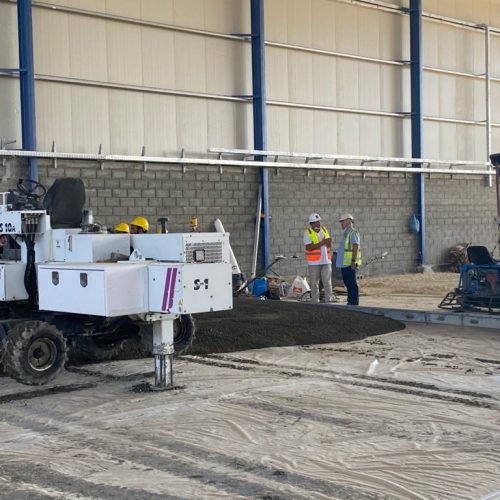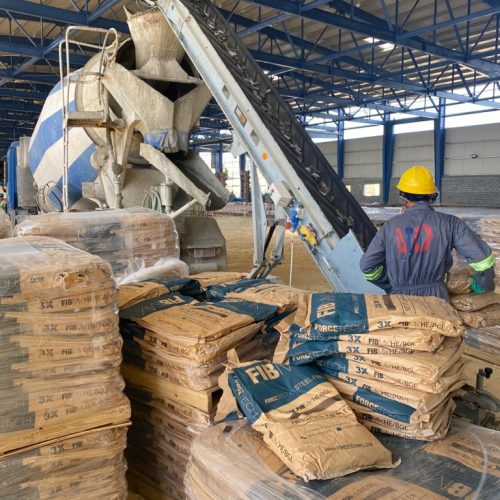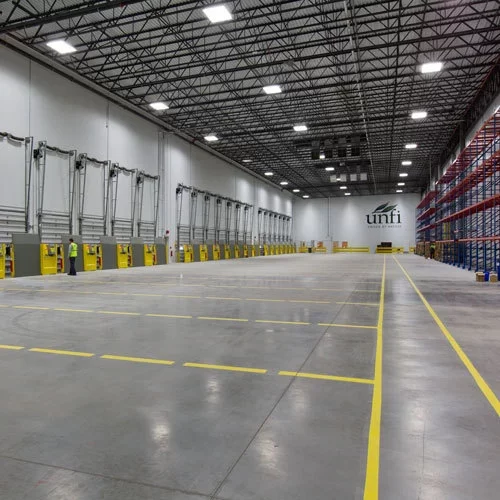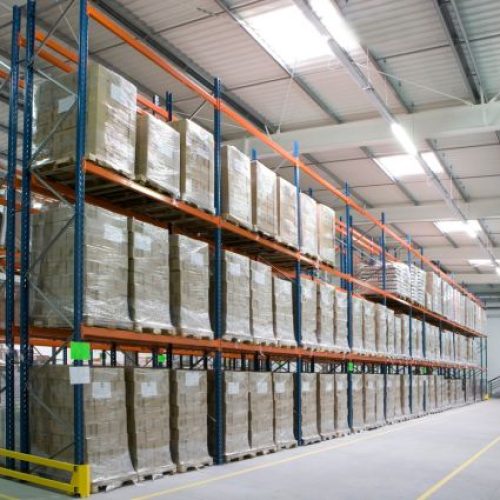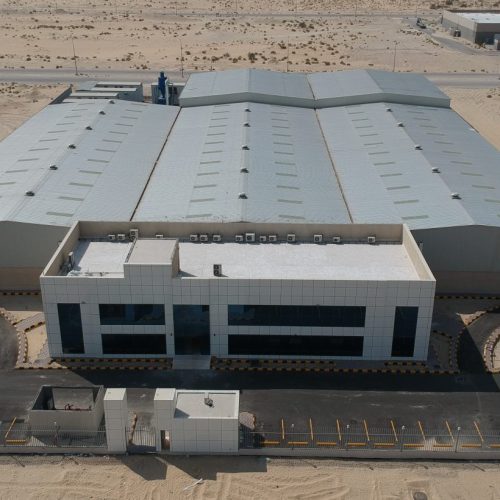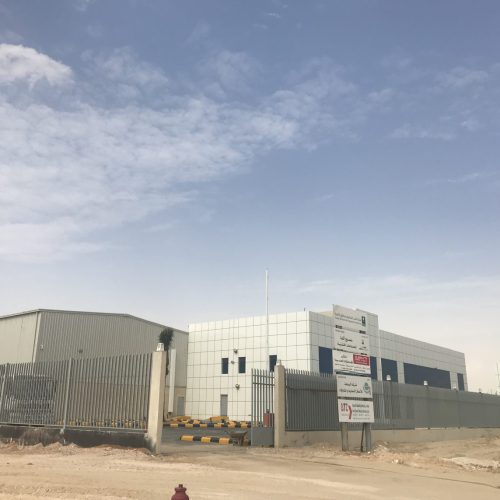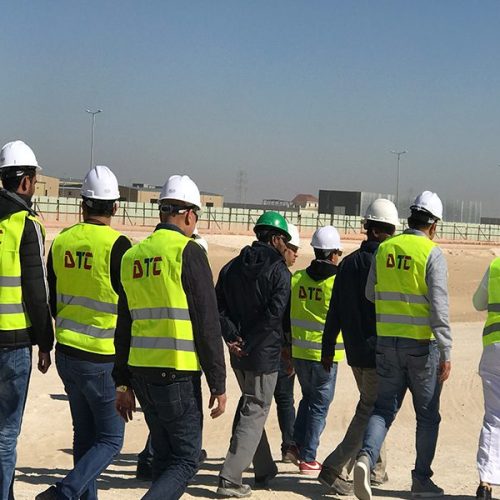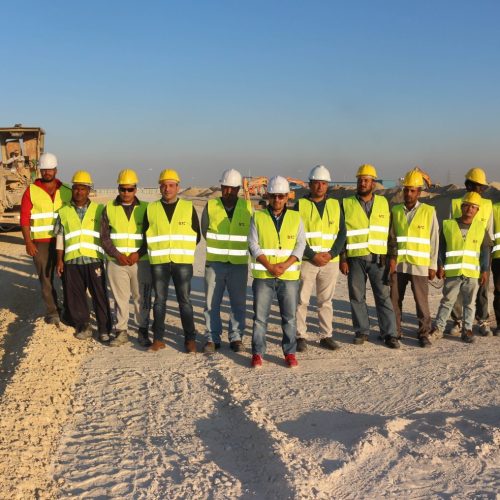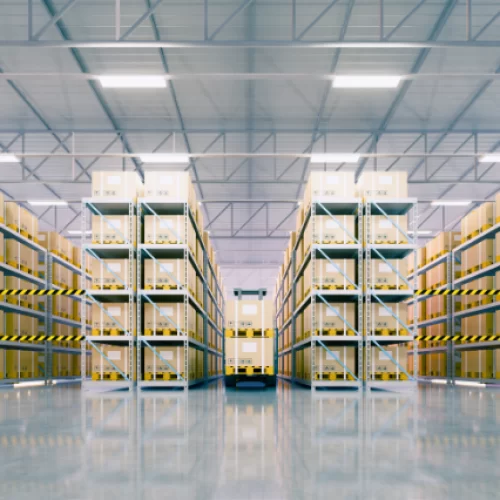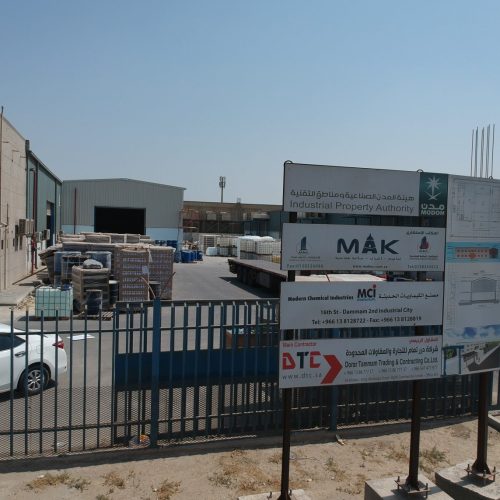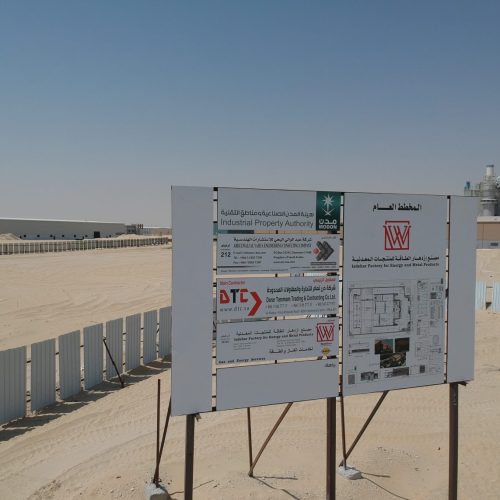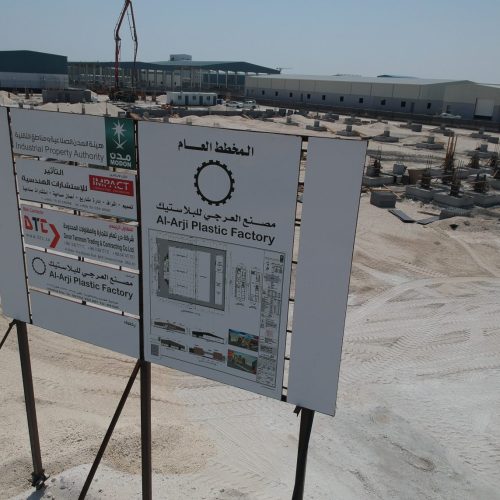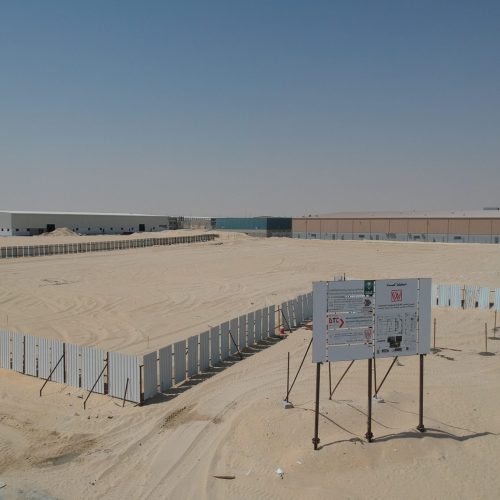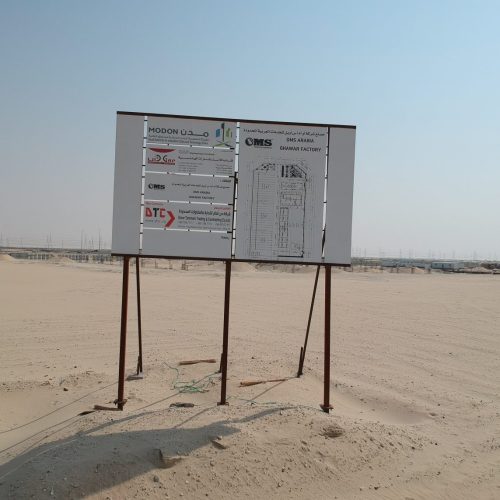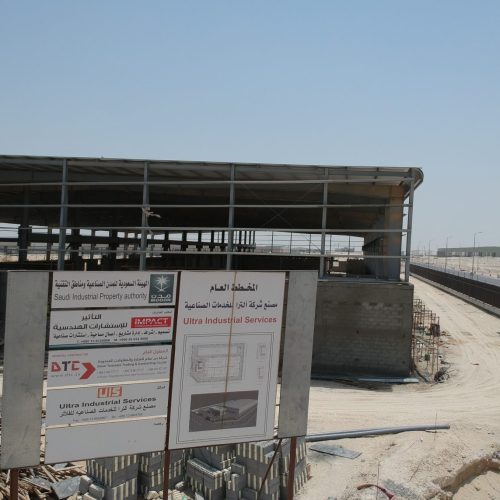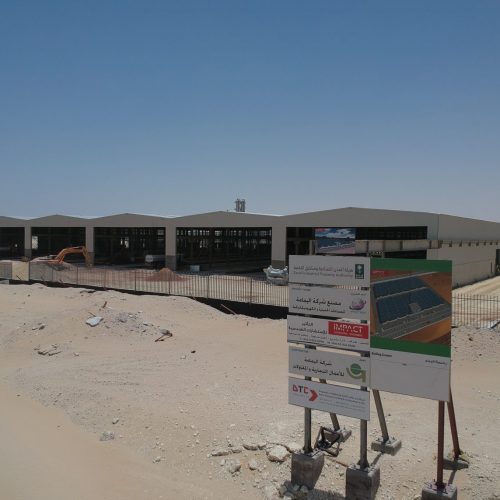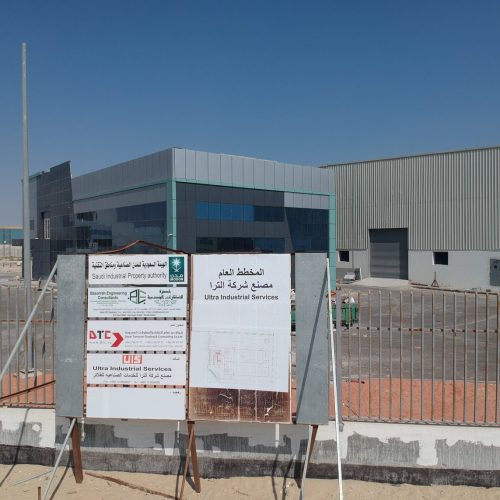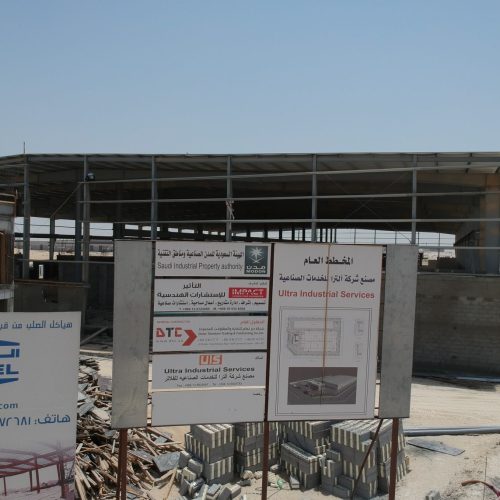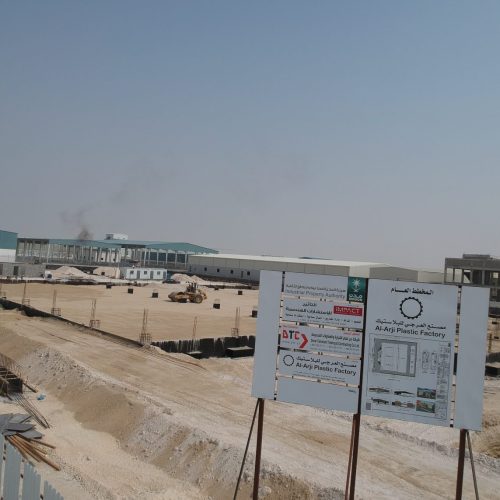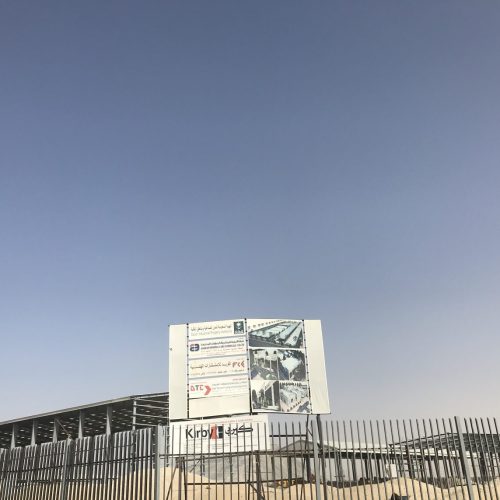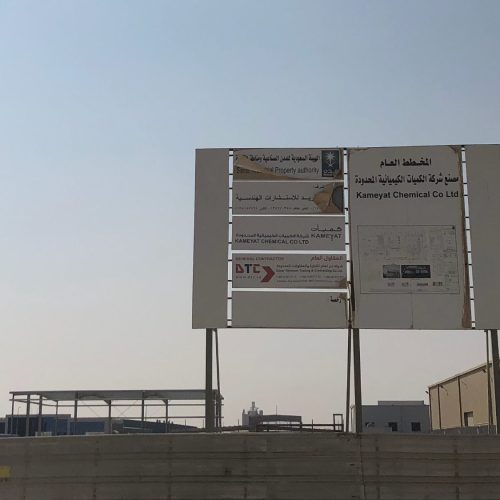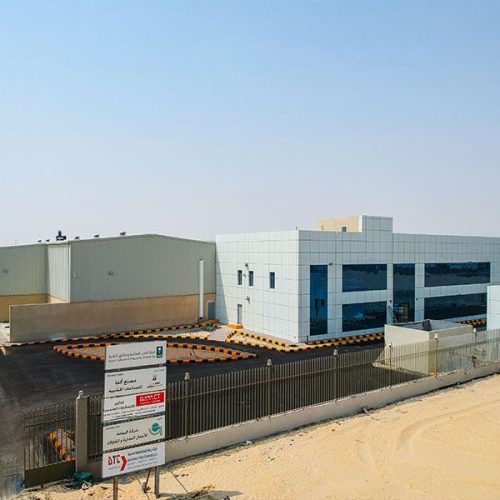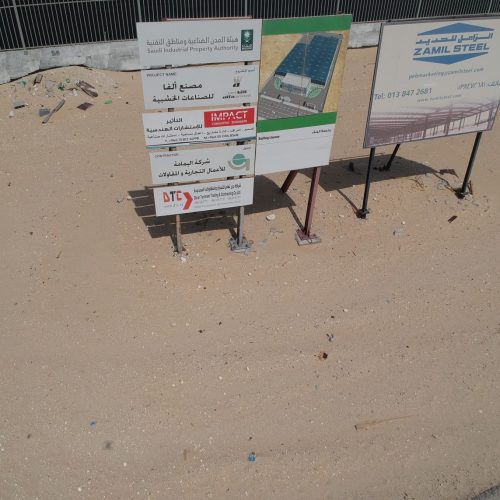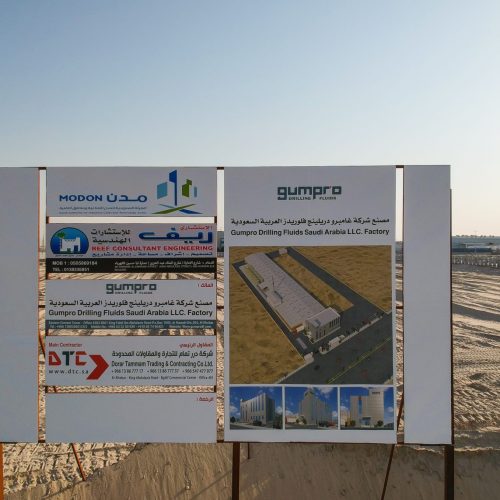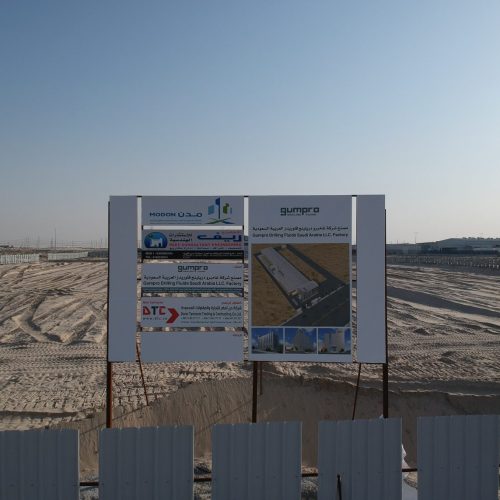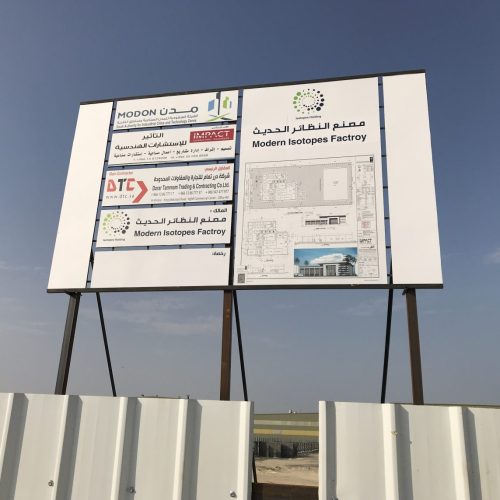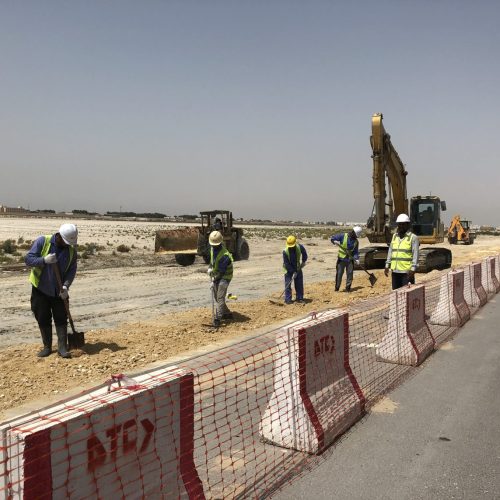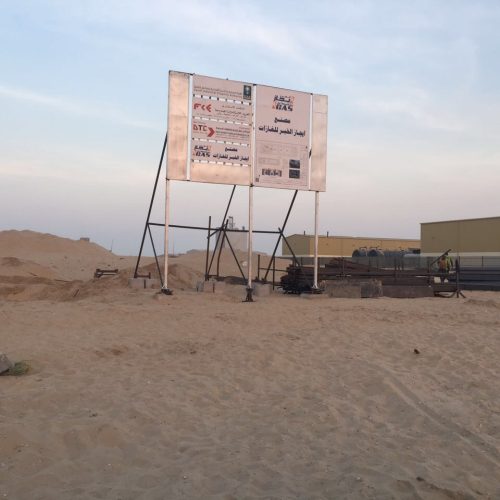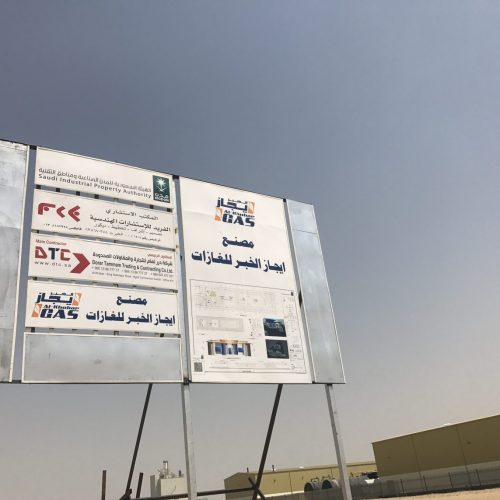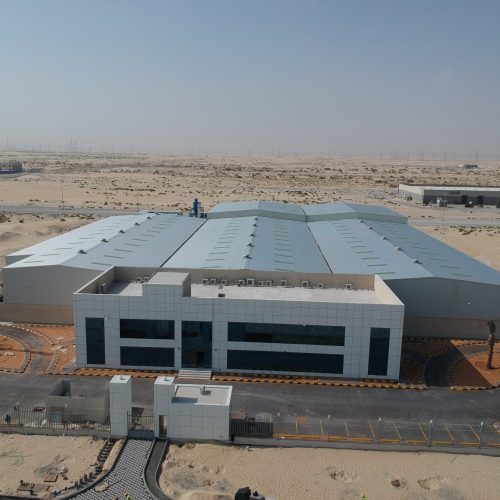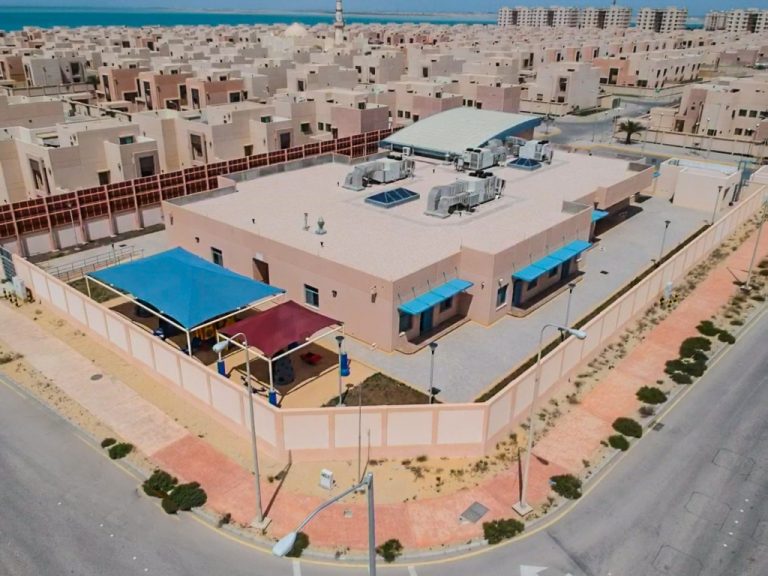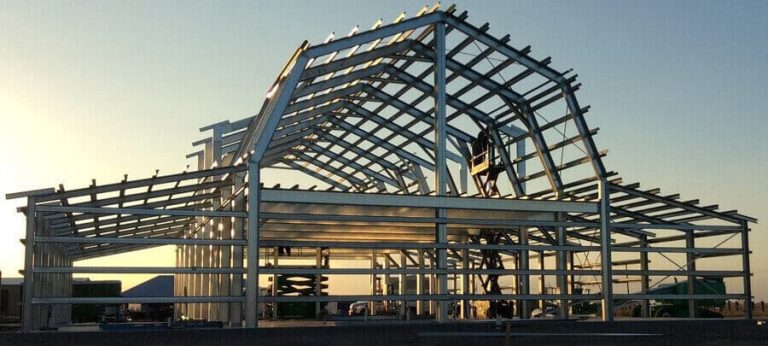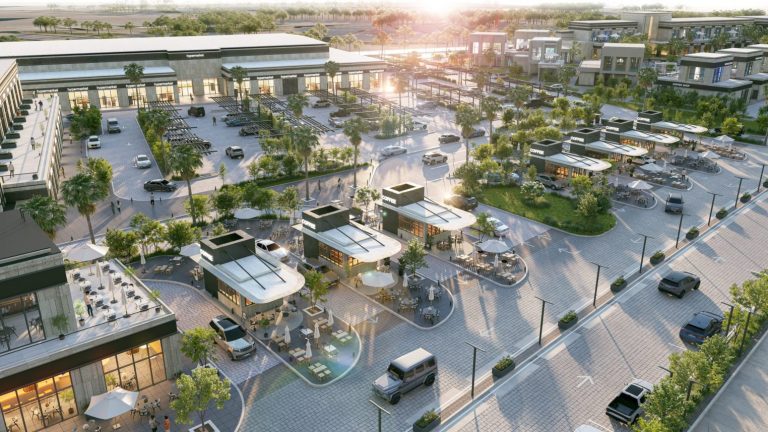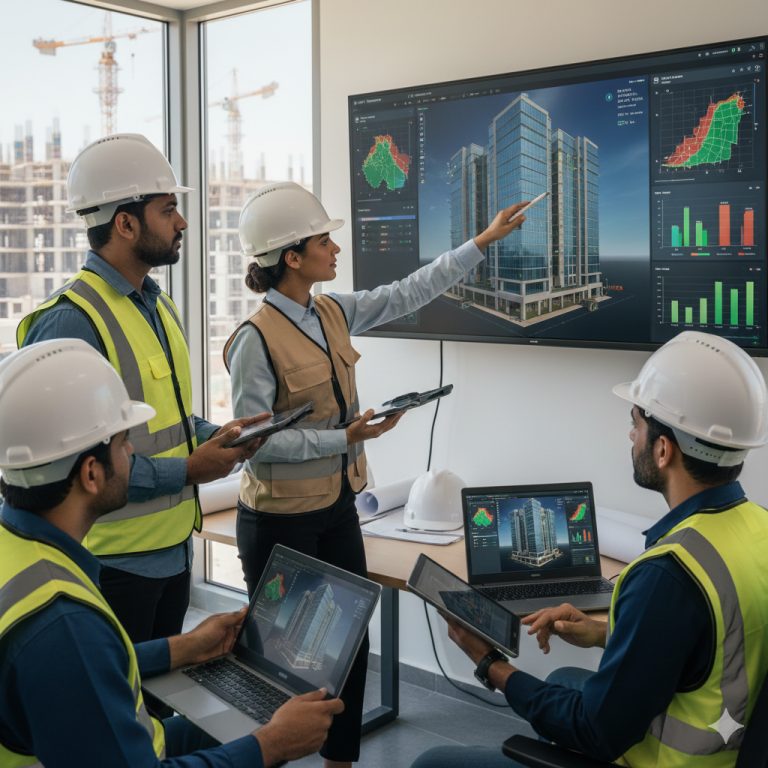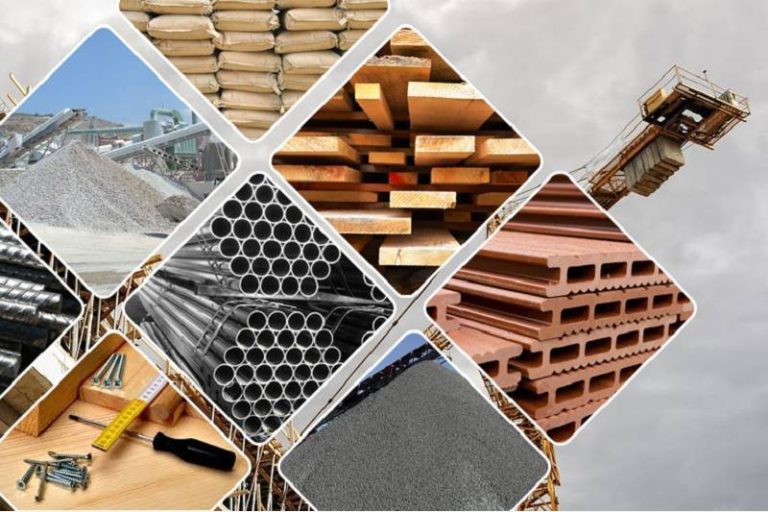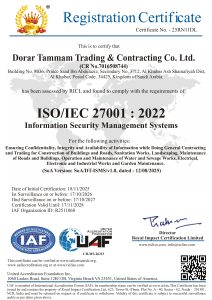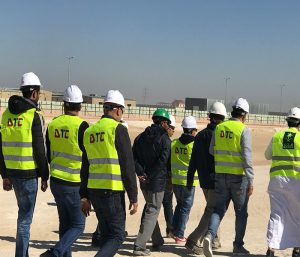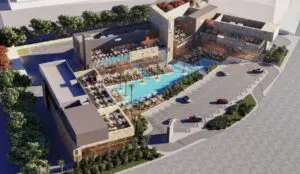Steel Structure and Pre-Engineered Building
Introduction: The Rise of Steel and Pre-Engineered Construction in the Modern Era
The evolution of construction technology has brought remarkable innovations that redefine how buildings are designed, fabricated, and erected. Among these advancements, Steel Structure and Pre-Engineered Building (PEB) systems stand out as revolutionary solutions driving efficiency, sustainability, and design flexibility.
In Saudi Arabia, the demand for faster, stronger, and more sustainable construction methods has soared with the Kingdom’s ambitious Vision 2030 development agenda. Mega-projects, industrial zones, logistics hubs, and commercial facilities increasingly rely on steel and PEB systems to meet stringent performance requirements and tight schedules.
Companies like DTC Construction (Dorar Tammam Co.) have emerged as pioneers in this field, offering turnkey engineering, fabrication, and erection services across Saudi Arabia’s industrial and commercial sectors.
This article explores the concept, benefits, applications, design principles, and real-world impact of steel structures and pre-engineered buildings, highlighting why they represent the future of construction in Saudi Arabia and beyond.
1. What Is a Steel Structure?
A steel structure is a framework composed of steel components—beams, columns, braces, and plates—engineered to withstand loads and provide structural stability. Steel is favored for its exceptional strength-to-weight ratio, durability, and design versatility, making it ideal for both industrial and commercial projects.
Advantages of Steel Structures
-
High Strength and Flexibility: Steel resists tension and compression, allowing for larger spans without intermediate supports.
-
Quick Assembly: Prefabricated steel elements are transported and bolted on-site, reducing construction time.
-
Durability: Steel structures resist corrosion (with proper coatings), fire, and seismic forces.
-
Cost Efficiency: Though initial costs may be higher, reduced construction time and maintenance yield long-term savings.
-
Sustainability: Steel is 100% recyclable, supporting environmental goals.
2. What Is a Pre-Engineered Building (PEB)?
A Pre-Engineered Building is a custom-designed steel structure system in which all components are fabricated in a factory and assembled on-site using bolted connections. The term “pre-engineered” refers to the process of optimizing the design for strength, efficiency, and cost before production begins.
Key Components of a PEB
-
Primary Frames: Columns and rafters forming the building’s skeleton.
-
Secondary Members: Purlins, girts, and bracing to support panels.
-
Roof and Wall Panels: Metal sheets that provide weather protection.
-
Fasteners and Accessories: Bolts, screws, gutters, and insulation systems.
How PEB Differs from Conventional Steel Structures
| Aspect | PEB | Conventional Steel Building |
|---|---|---|
| Design Process | Pre-engineered and optimized | Custom-designed per project |
| Fabrication | Automated in factory | Manual on-site work |
| Construction Time | 30–50% faster | Longer due to site fabrication |
| Cost | Economical | Relatively higher |
| Waste | Minimal | High due to manual cutting |
| Maintenance | Low | Moderate to high |
3. The Engineering Design Process Behind PEB Systems
Designing a PEB requires precise engineering and advanced modeling tools. The process typically includes:
Step 1: Concept and Load Analysis
-
Engineers define the functional needs, load conditions, and geometry of the structure.
-
Wind, seismic, and live loads are calculated based on Saudi Building Codes and international standards (AISC, MBMA, ASCE).
Step 2: Structural Modeling and Optimization
-
Using software like STAAD.Pro, SAP2000, and Tekla Structures, engineers model frames, joints, and connections for optimal efficiency.
-
Weight reduction and material optimization are key design objectives.
Step 3: Fabrication and Quality Assurance
-
Each component is cut, welded, and coated in a controlled environment.
-
DTC Construction ensures strict QA/QC procedures, including dimensional checks and surface treatment.
Step 4: Site Erection
-
Prefabricated parts are shipped to the site for assembly.
-
Cranes and lifting equipment are used for safe and rapid erection under DTC’s supervision.
4. Advantages of Steel Structure and Pre-Engineered Building Systems
The global shift toward steel and PEB construction is driven by their numerous benefits that align with modern construction goals.
A. Speed and Efficiency
Pre-engineered systems can reduce project timelines by up to 50%, making them perfect for Saudi Arabia’s industrial and logistics sectors.
B. Cost-Effectiveness
Factory-controlled fabrication minimizes waste, reduces labor costs, and ensures predictable budgeting.
C. Design Versatility
Steel’s flexibility allows architects to create aesthetic and functional designs—spanning from industrial warehouses to commercial showrooms.
D. Environmental Sustainability
Steel is recyclable, and PEB designs promote energy efficiency through insulation and reflective coatings.
E. Superior Quality and Durability
Every component undergoes factory-level quality control, ensuring longevity and resistance to environmental stressors.
5. DTC Construction: A Leader in Steel and PEB Projects in Saudi Arabia
DTC Construction is one of Saudi Arabia’s leading construction firms specializing in steel structures and PEB buildings. Since its establishment in 2004, DTC has executed numerous industrial, commercial, and infrastructure projects, offering complete design-build services.
Core Services Provided by DTC
-
Steel structure design and engineering
-
PEB fabrication and erection
-
Roofing, wall cladding, and insulation systems
-
Turnkey industrial facility construction
-
Structural retrofitting and maintenance
Why DTC Leads the Market
-
Expert Engineering Team: Skilled Saudi and international engineers.
-
Advanced Fabrication Facilities: Modern machinery ensuring precision and speed.
-
Safety and Quality Standards: Compliance with international codes (AISC, ISO 9001).
-
Local Experience: Deep understanding of Saudi regulations and climatic conditions.
-
Proven Record: Completed projects in Jubail, Dammam, Riyadh, and beyond.
6. Industrial Applications of Steel and PEB Systems
Steel structures and PEBs are highly versatile and can be used in a wide range of applications, including:
-
Factories and Manufacturing Plants
-
Warehouses and Storage Facilities
-
Logistics Centers and Distribution Hubs
-
Commercial Buildings and Showrooms
-
Cold Storage and Food Processing Plants
-
Aircraft Hangars and Workshops
-
Sports and Exhibition Halls
These structures can be customized for height, span, load capacity, and aesthetics, making them ideal for Saudi Arabia’s rapidly expanding industrial sector.
7. Challenges in Saudi Arabia and How DTC Overcomes Them
| Challenge | DTC’s Solution |
|---|---|
| Extreme heat and UV radiation | High-performance coatings and insulation materials |
| Corrosion in coastal areas | Galvanized and epoxy-coated steel |
| Wind and sandstorms | Structural reinforcement and sealed joints |
| Tight project schedules | Prefabrication and optimized logistics |
| Labor and safety | Rigorous safety protocols and certified training |
Through innovation and local expertise, DTC Construction ensures that projects meet the highest safety and performance standards.
8. Sustainability and Energy Efficiency
Steel and PEB systems support the Kingdom’s environmental goals by offering:
-
Recyclable materials reducing waste.
-
Insulated panels that improve thermal performance.
-
Reflective roofing systems minimizing energy consumption.
-
Optimized material use reducing embodied carbon.
DTC incorporates eco-friendly practices in every project, aligning with global sustainability trends.
9. Steps to Start Your Steel or PEB Project with DTC
-
Consultation and Project Planning
Discuss your project goals, budget, and timeline with DTC’s engineering team. -
Design and Engineering Proposal
Receive a detailed technical and commercial proposal. -
Fabrication and Production
Components are manufactured at DTC’s certified facilities. -
Erection and Finishing
On-site assembly with expert supervision ensures speed and quality. -
Handover and After-Sales Support
Post-completion inspections and maintenance services ensure long-term reliability.
10. The Future of Steel and PEB Construction in Saudi Arabia
The future of construction in Saudi Arabia is modular, sustainable, and steel-based. With mega-projects like NEOM, The Line, and King Salman Industrial City, demand for high-performance, prefabricated steel solutions will continue to grow.
DTC Construction’s innovation-driven approach and adherence to quality make it a key player in shaping Saudi Arabia’s construction landscape for decades to come.
Conclusion
In the modern construction industry, Steel Structure and Pre-Engineered Building (PEB) systems represent the perfect blend of strength, speed, and sustainability. They are transforming how industrial and commercial facilities are built—reducing costs, enhancing safety, and promoting environmental responsibility.
In Saudi Arabia, DTC Construction stands as a leader in this transformation. Through its expertise in engineering, fabrication, and erection, DTC continues to deliver world-class solutions that align with the Kingdom’s Vision 2030 goals for industrial growth and sustainable infrastructure.
As global demand for efficient and eco-friendly building systems rises, steel and PEB technologies will remain at the core of modern construction—driving innovation, efficiency, and progress across all sectors.
Web Search References
-
Steel Structural Erection Works & PEB – DTC Construction
Overview of DTC’s capabilities in steel structure fabrication, PEB design, and erection across Saudi Arabia. -
Pre-Engineered Industrial Buildings (PEB) – DTC
In-depth explanation of pre-engineered building systems and their industrial applications. -
DTC Construction YouTube Channel
Showcases DTC’s major steel and PEB projects throughout Saudi Arabia.
